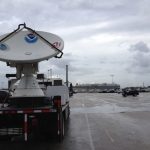
NOAA, NASA and the University of Connecticut are representing the United States in the Hydrological Cycle in the Mediterranean Experiment (HyMeX), the largest weather field research project in European history.

NOAA, NASA and the University of Connecticut are representing the United States in the Hydrological Cycle in the Mediterranean Experiment (HyMeX), the largest weather field research project in European history.

NOAA Office of Oceanic and Atmospheric Research and the NOAA National Weather Service awarded funding for four, two-year projects to improve the way potentially life-saving weather warnings reach those who need them.
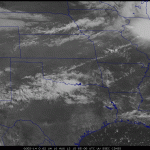
As storms moved across Oklahoma yesterday, the GOES-14 satellite, Multi-function Phased Array Radar (MPAR) and the Oklahoma Lightning Mapping Array (OK-LMA) coordinated data collection for the first time as part of the Super Rapid Scan Experiment.
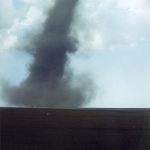
NSSL’s Harold Brooks posted about “The Tornado “Drought” of 2012 on the U.S. Severe Weather Blog. Read about it here: http://www.norman.noaa.gov/2012/08/the-tornado-drought-of-2012/
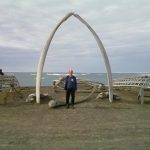
A team of scientists including NSSL’s Bob Rabin introduced North Slope Alaska Native students from Barrow, Alaska, and other small villages to weather and climate science through two STEM courses recently.
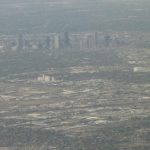
A group of researchers, including NSSL’s Dave Stensrud, recently announced they plan to study the effects of cities on thunderstorms.
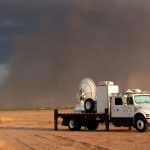
NSSL has a ten-year cooperative research venture with the Salt River Project (SRP), an Arizona power and water utility, to develop weather decision support tools for the company’s power dispatch, transmission operations, and water diversion.
The National Weather Radar Testbed Phased Array Radar in Norman, Oklahoma scanned a strong line of thunderstorms as it produced damaging wind events across central Oklahoma.